Yoga Nidra (conscious relaxation)
Discover the Power of Yoga Nidra: Deep Relaxation for the Body and Mind Yoga Nidra: Unlocking Deep Relaxation and Inner Calm Yoga Nidra, often referred to as “yogic sleep,” is a powerful relaxation technique that guides practitioners into a state of profound rest while remaining conscious. Unlike traditional meditation, Yoga Nidra is practiced lying down, […]
VISUALIZATION HACK MANIFESTS IN 30 DAYS – Neville Goddard – Reborn With Michael
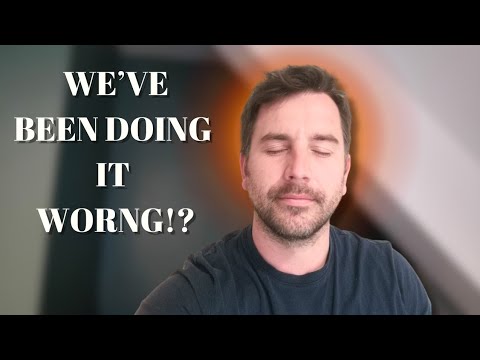
Mastering the Art of Visualization: Transform Your Life in 30 Days Simplified Techniques from Neville Goddard and Michael Watson Introduction to Visualization Hello there, and welcome back to Reborn with Michael Watson. Today, we are diving deep into the art of visualization, a powerful tool that can change your life in just 30 days. While […]
How to Turn Off a Song In Your Head
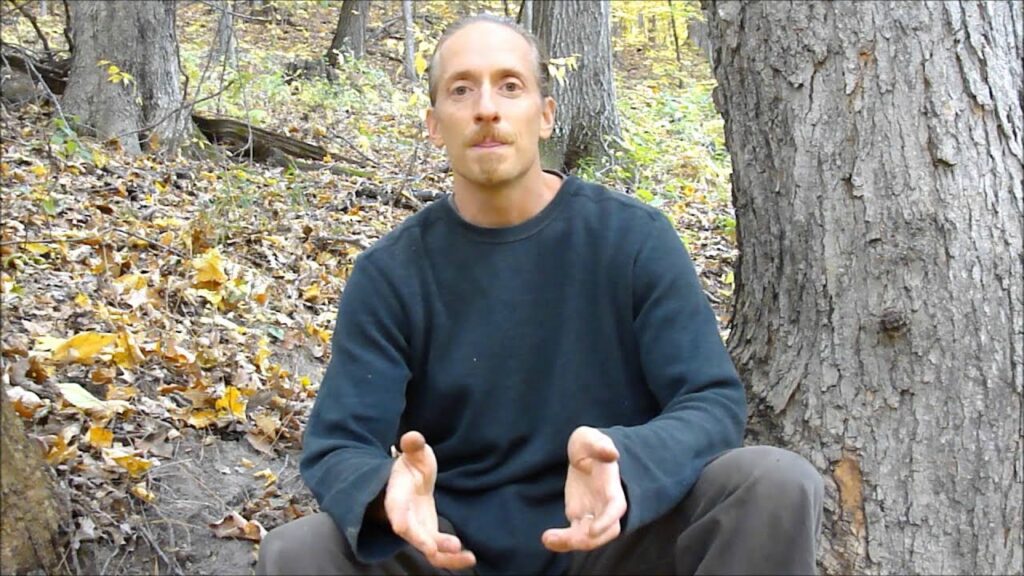
How to Turn Off a Song In Your Head: A Mindfulness Approach By Nathan – Expert in Rewilding and Bushcraft Have you ever had a song stuck in your head while trying to enjoy nature? Nathan, an expert in rewilding and bushcraft, addresses this common issue. This article delves into his unique method to free […]
Meditation Basics – MindScience 001
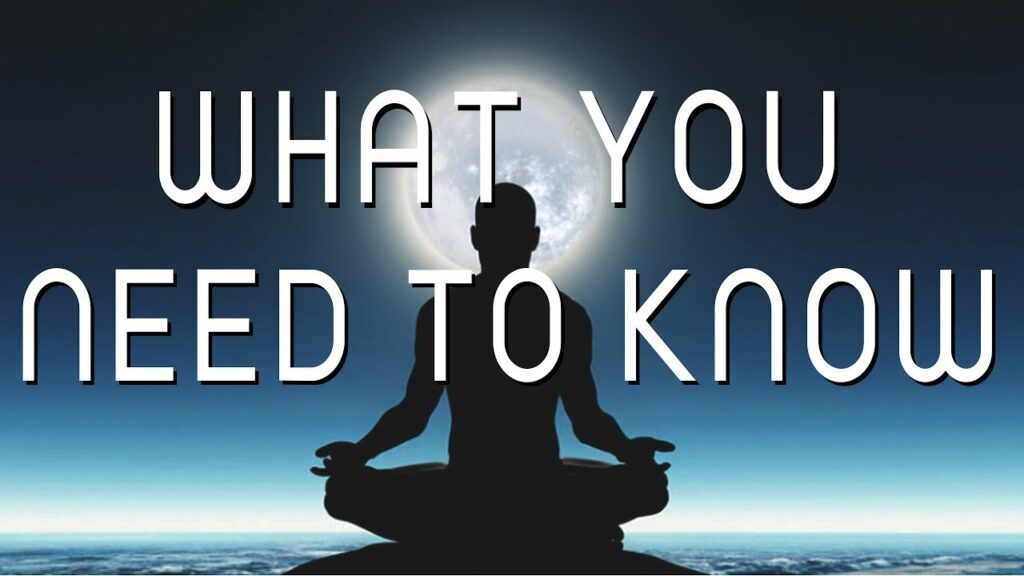
Mastering Meditation: A Beginner’s Guide by Aaron from MindScience Unlocking the Secrets of Mindfulness and Inner Peace Introduction to Meditation and the Series Welcome to the first episode of the “MindScience” series by Aaron. This new segment is dedicated to exploring the science of the mind. In this episode, Aaron delves into the basics of […]
Guided Meditation For Empaths (528 Hz) – Kyle Cease
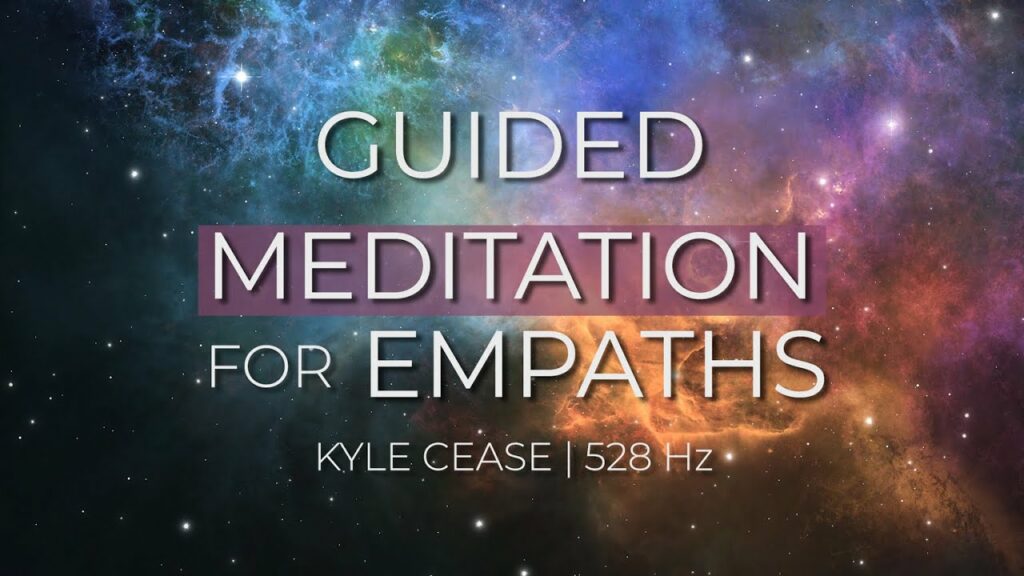
Unlocking Inner Peace: A Journey Through Guided Meditation for Empaths In today’s fast-paced world, finding moments of tranquility and inner peace can feel like a rare luxury. As empaths, individuals who are highly sensitive to the emotions and energies of others, navigating through life’s complexities can be particularly challenging. However, amidst the chaos, there exists […]
Guided Meditation For Releasing Shame – Kyle Cease
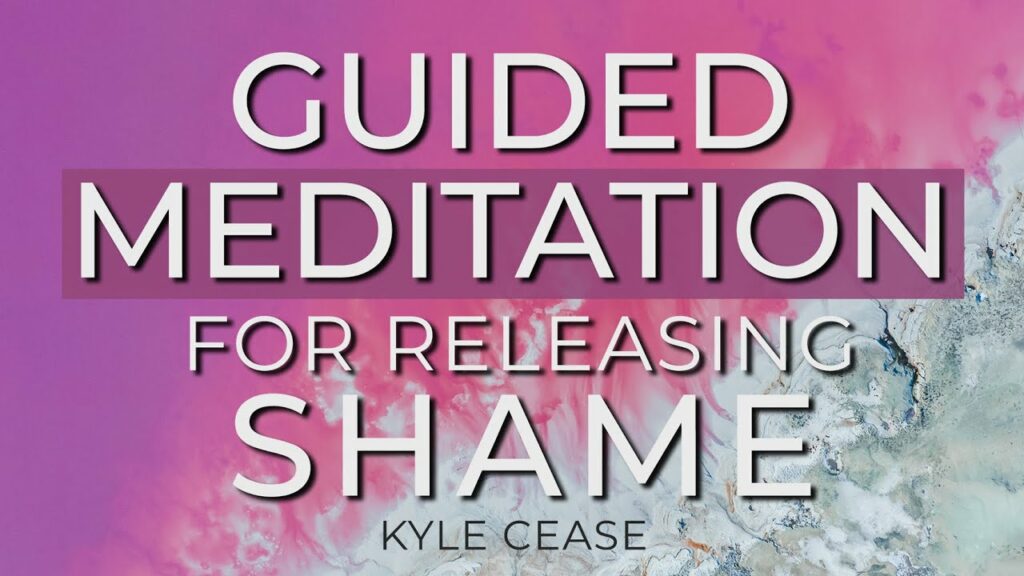
The Healing Power of Compassionate Meditation: Releasing Shame with Kyle Cease In today’s fast-paced world, where stress and anxiety seem to be constant companions, finding moments of inner peace and healing is essential. One powerful tool for achieving this is guided meditation, particularly when focused on releasing deep-seated emotions like shame. Kyle Cease, a renowned […]
